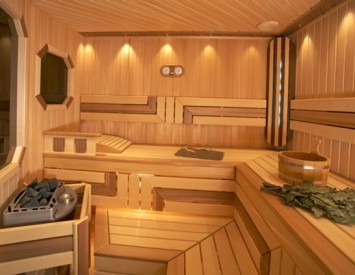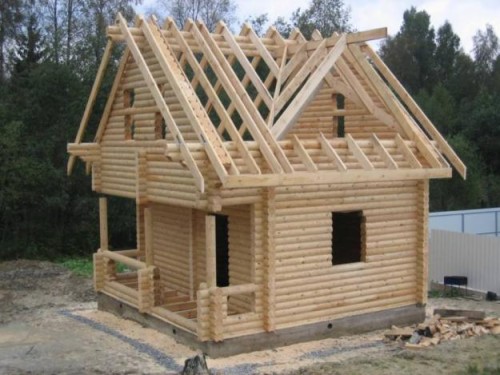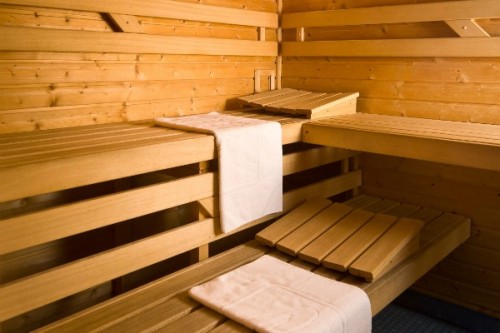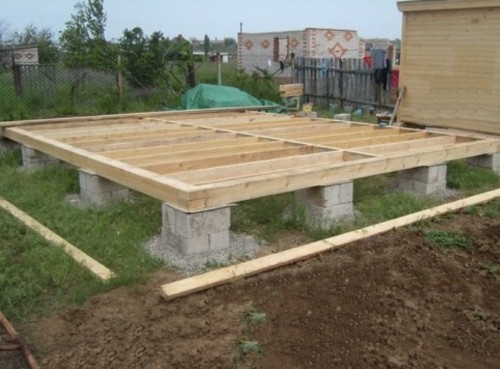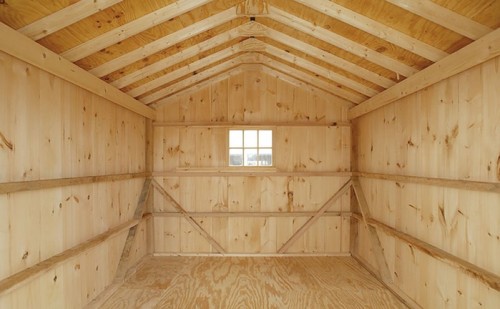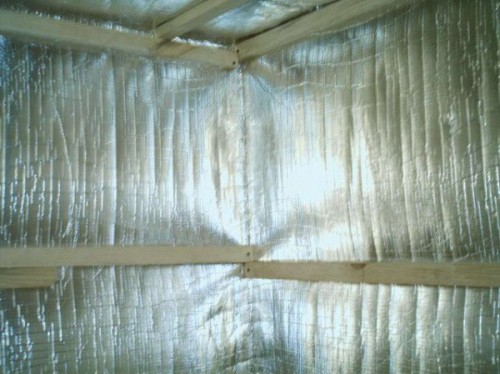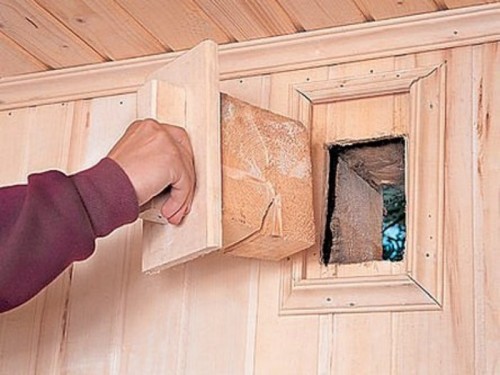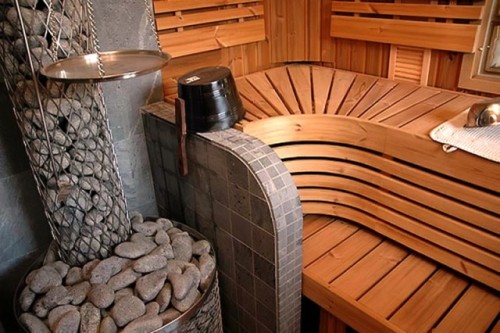It is not as easy to build a sauna in the house as it might seem. This is a rather complex structure that requires compliance with engineering, fire, electrical standards and some design nuances. For a sauna in a private house you will need suitable rooms for a steam room, a dressing room and a shower. You can build a sauna as a separate building at the site adjacent to the house.
Content
Check out how the sauna looks in the house, a photo of all kinds of options is easy to find on the Internet. There you can also find projects of houses with a sauna with the necessary calculations and sizes. For one person, 2.5 - 3 m3 in the steam room is enough, and the rest room can be equipped with a compact shower.
Types of purpose for purpose for a private house
Depending on the type of steam, temperature and purpose, there are several types of saunas and baths.
- The Finnish sauna is distinguished by dry steam and high temperature. Experienced fans of the sauna catch up with a temperature of more than 130 ° C, with air humidity 7 - 10%. The steam room must have a thermometer with a long scale and designed for use in extreme conditions. Of great importance is the tightness of the doors and trowels in the sauna.
- In the Russian bath, on the contrary, high humidity and moderate temperature 65 - 70 ° C. In the steam room, a stove is equipped with a stove. The presence of a large amount of steam in the bath implies reliable isolation of all electrical appliances.
- For people who do not tolerate high temperatures, the Turkish version of the sauna (hammam), which is characterized by a low temperature and high humidity, is suitable. At a temperature of 35 - 40 ° C, it is useful to carry out physiotherapeutic and spa procedures, massage, wrap, etc.
For any type of sauna, the optimal option is the presence of a pool on the adjacent territory. In the steam room, in addition to the thermometer, there must be a clock. Sometimes, for safety, the steam room doors are made of hot glass on order.
The foundation for the sauna on a private land plot
Depending on the composition of the soil and landscape erosive features, the type of foundation for the sauna is selected. The whole process of arranging a sauna from the zero cycle is on the video at the end of the article.
- The simplest foundation for the sauna is columnar. It does not require its arrangement a lot of material and physical costs and drainage systems. Holes are drilled in the corners of the building under concrete supporting columns with a depth of 1.7 meters. Intermediate supporting columns are installed around the perimeter, and the entire system is connected by a horizontal towel. Such a foundation is not scary to swelling or subsidence of the soil. Such a foundation is not difficult to build for a sauna in a house with your own hands.
- A monolithic strip foundation will require more material costs and time. It is rummaged around the perimeter of the designed sauna of a trench with a depth of 70 cm and a width of half a meter. The formwork, a reinforcing skeleton is installed and gradually poured with concrete. You can continue work only after 28 days, when the surviving concrete reaches 50% of the estimated density.
As options, pile or slab foundations are used. These foundations are designed for more massive structures and are rarely equipped for saunas.
The construction of the walls and the interior decoration of the sauna in a private house
The walls of the sauna are being built from solid logs folded into a log house. More often, the room is built from popular building materials - brick, foam blocks, sawn shell away, etc.
- The internal rooms are finished with wood. A wood board and a beam for saunas is selected by high density, strength and low heat production. Boards and a beam of both deciduous and conifers are suitable.
- Before starting finishing work, channels for electrical wiring are strokes on the internal walls. The cross -section of the wires must correspond to the consumed calculation loads. The cables are laid in dry arms and walled up.
- Naked, non -finished walls before the start of finishing work are hydrolytened and vapor barrier. To do this, permamine or bitumen paper is used. On the surface of the walls, the insulating layer is laid with vertical stripes, like wallpaper - overlap, temporarily fixed with tape and fixed with a crate.
- The shower room is faced with ceramic tiles, and the rest of the rooms with a wooden lining. A fitting beam of 30x50 mm is stuffed on the walls in a step of 1 meter from the floor and 1.5-2 meters vertically. A carefully polished lining is mounted on it and is fixed with self -tapping screws.
- Floors and ceilings are also sheathed with wooden lining. If necessary, complete insulation of the premises is performed. In free cells, the crate is filled with insulation. It is better to apply heat -resistant mineral wool. Polistyle foam does not really like high temperatures and is prone to evaporation of harmful substances.
- When arranging shelves, it is advisable to avoid fasteners on nails or screws, the metal is hot from high temperatures much stronger than wood and can cause burns. The fastening of the shops and shelves is carried out on wooden heels.
It is important to remember that wooden panels in the steam room are never covered with varnish, so special attention is paid to the grinding and polishing of wood.
Arrangement of the furnace, outlets and doors for the sauna in the house
- Kamenka stoves are made of refractory bricks and for their construction it is better to invite a hepatic specialist. A protective grill is ordered from a metal rod or square, and the working surface is laid out by cobblestone. Diabase or porphythitis is the most suitable mineral for heating, but it can replace the usual river or sea rounded stone - naked.
- Electric stoves of stoves or heaters are used only by factory production. Their parameters for network loads must correspond to the sections of the wiring, and the devices are grounded. The furnaces intended for steamers are equipped with cast -iron screens and water -protective seals.
- The outlet in the steam room is done in the process of the construction of the walls. A hole of at least 25x25 cm is sheathed with a wooden bar and a seal. The channel leads to a common exhaust system or right on the street. The outlet is closed following the example of the window or with a tightly worn wooden gag.
- Doors for steam rooms in the sauna are made of plastic and heat -resistant wood. From conifers there is a pine, spruce, fir less often cedar. Olch, birch, oak, aspen, etc. are used from deciduous rocks. Doors are made initially insulated and two -chamber.
- A rubber sealing ribbon is glued along the perimeter of the door frame, sealing the junction of the door, and the inside is equipped with a canopy. The canopy is a curtain of dense and soft fabric, fixed along the upper jamb of the door box and preventing hot air and steam.
For the thermal curtain, a tarp, thin felt or felt fabric, can be used, an old restored woolen blanket or plaid.
